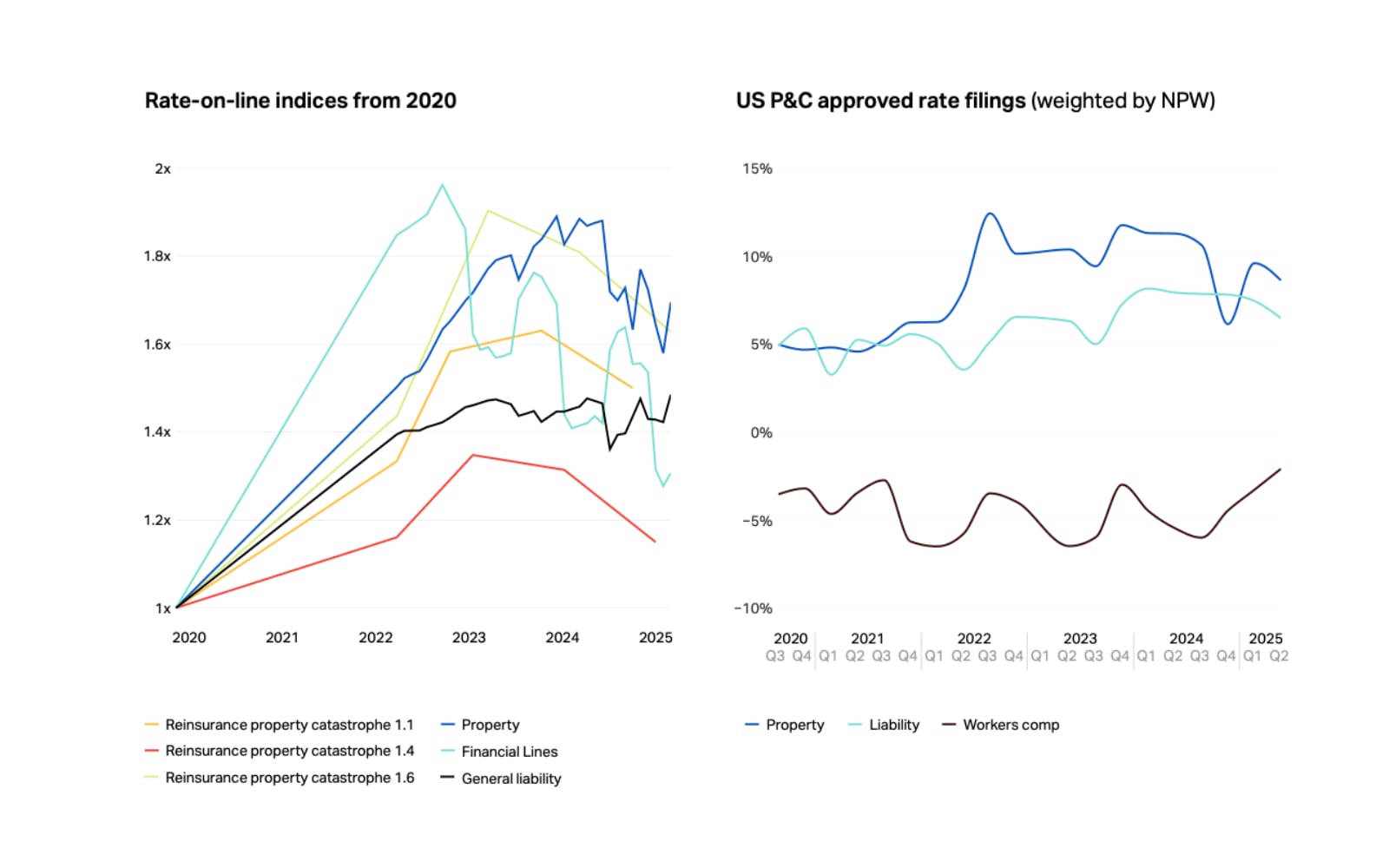There is no such thing as the best way to run a business. However, there’s one thing that can quickly lead to failure, and that is disorganization. Research has shown that over 57% of managers lose six hours of productivity every week as a result of it. In order to achieve success, business owners must have a thorough understanding of the interplay between the numerous moving parts of their business and organize them. In such a situation, rely on standard operating procedures (SOP) to save the day.
When it comes to SOPs, it’s important to have a document that covers the fundamentals of how your company operates. It’s a guide that details how to do something in a systematic, methodical manner. The standardization of procedures, encouragement of teamwork, and ease of legal compliance that SOPs promote are all vital to an organization’s ability to keep its operations running smoothly.
In this post, we’ll discuss how to write an SOP, implement it, and train your employees to use it.
How to a Write an SOP
To write an SOP well, you need to plan ahead and have ready access to pertinent operational data. Let’s look at a rundown of what needs to happen before, during, and after creating SOPs.
Define the Scope of the Standard Operating Procedure and Collect Relevant Information
The scope will outline the new procedures’ impact on the processes or workers. It specifies if the SOP replaces an existing document or is dependent on other SOPs that are currently in use. Limitations on what can be done, how many people will be affected, and how expertly they need to be helped are all laid out in the scope.
During the early phases, the company engages workers and management to identify operational obstacles and solutions for addressing them. Those responsible for day-to-day operations have the best grasp of the procedures and the difficulties they face. The company may learn enough about strengths and weaknesses by reviewing old documentation, equipment manuals, workflows, and organizational charts. With this data at your fingertips, making decisions and setting goals will be a breeze.
Establish the Review Committee
Assemble a team of experts from each department needs to happen before planning and writing SOPs. They make sure there aren’t any conflicts between processes and check that the new procedures are in line with the established norms of the company. The organization will establish the responsibilities of each committee member and designate senior leaders to oversee the whole operation.
Select an SOP Type and Create a Draft
After assembling the committee and gathering relevant background data, it is time to start writing the SOP. The group will analyze the criticality, complexity, and demands of the organization’s processes. The next thing they should do is figure out which kind of SOP is most suited to their processes.
SOPs often fall into one of these categories:
- A step-by-step SOP often takes the form of a checklist that details each step to take. To go on to the next activity, an employee must first finish the current one.
- A flowchart SOP is essential for complicated processes that produce several outcomes during a single operation.
- A hierarchical SOP is similar to a step-by-step SOP, but it includes extra instructions to eliminate information ambiguity.
The group then moves on to creating a draft of the document. This often uses document editing software or specialized SOP software. Information such as the steps to be taken, who is responsible for what, and any other pertinent notes will be included in the draft. In an SOP draft, use flowcharts or illustrative diagrams to help people better understand the outlined steps.
Implement SOP and Train Employees
After finishing the first draft, the committee needs to make minor modifications and light editing to the SOP draft before sharing it with a select group of workers for additional input. The committee should listen to their feedback and include it in the document if necessary. Then, the SOP can finally be published and distributed throughout the company. Due to the need of tracking operational efficiency, the implementation phase may be longer than originally anticipated.
During this phase, employees need educated on the new practices and tools introduced by the SOP. Make sure to ask for employees’ suggestions that can be used regularly to improve processes.

Final Thoughts
Standard operating procedures are critical communication tools that help improve corporate processes and increase employee job satisfaction. When leaders ignore employees’ ideas or an inexperienced committee forms, the SOP creation process potentially becomes cumbersome. By using technological solutions for generating, disseminating, and maintaining SOPs, businesses may speed up the whole process.








































